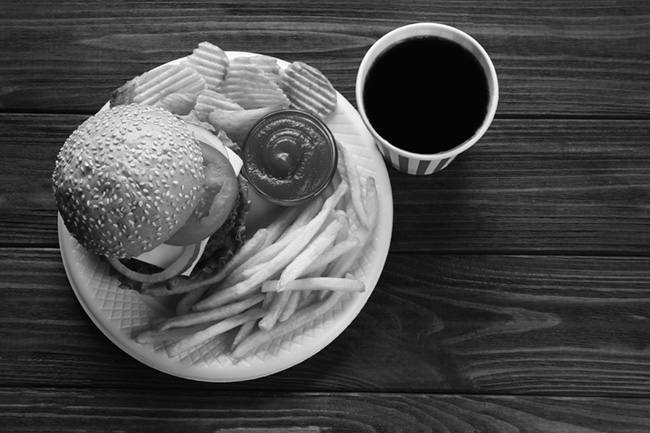Eating out with a food allergy
Top Tips For Eating Out
- Always take your adrenaline injectors and ASCIA Action Plan when eating out.
- Call ahead to ask the restaurant or café if they can cater for your food allergy.
- Tell restaurant staff about your food allergy clearly on arrival.
- If you feel restaurant staff are not taking your food allergy seriously – ask to speak to someone more senior or eat somewhere else.
- Eat simple. Order plain foods with few ingredients that are less likely to have hidden food allergens.
"Always tell wait staff about your food allergy when ordering food."
As a young adult, you will most likely find yourself in a lot more social situations that involve food. Dinner and drinks with friends, work functions and brunch with your parents.
Your food allergy should not stop you from enjoying yourself when eating out with friends and family. It takes some planning and communication, but it’s worth the effort.
PLAN AHEAD
Choose a restaurant that you feel comfortable with. Check their menu online (remember they do not have to list food allergens and even if they do, the chef could be using a different recipe on the day you order) and contact the restaurant or café prior to arriving to ask about food allergen content and how they manage food allergies.
This initial call may give you an idea of how they are likely to deal with your food allergy needs. It could also give them time to plan and possibly even create or alter a meal specifically for you.
Speak Up
These days, most restaurants will have some form of online booking system. If that’s the case, make sure to include information about your food allergy in the ‘special requirements’ section when booking. Even if you do this, you must still verbally disclose your food allergy when you arrive at the restaurant.
You should disclose your allergy every time you eat at a restaurant – even if it is one that you eat at often. Chefs, wait staff and menus may change and so may the recipes or ingredients used.
When disclosing your allergy, be clear. Don’t say “Does this have peanut in it?” Instead say, “I have a severe peanut allergy, does this have any peanut or peanut products in it?”
Other Strategies To Minimise the Risk When Eating Out
- Choose simple dishes. The simpler the dish, the less chance of hidden food allergens and cross contamination.
- Do a touch test. After all your usual checks, if you are still not sure about a meal, rub a small amount of the food just inside your lower lip. If you feel tingling, swelling or burning it is safer not to eat the food. The touch test does not guarantee the food is safe, but it’s an extra safety step you can take.
- Take personalised chef cards that you can pass onto the chef explaining your food allergy and the need to be cautious. These help hospitality staff take your allergy seriously. Download your chef card here.
- Avoid high risk foods (e.g. Asian foods if you are allergic to peanuts, tree nuts or sesame) and high risk dining situations (e.g. buffet style dining).
THE TOUCH TEST
Despite reassurances, if you suspect a dish has your food allergen in it, use the touch test as an added safety check.
Put a small amount of the food on your outer lip. If you get a tingling, swelling, burning or chilli-like feeling – it is safer not to eat that food.
The touch test does not guarantee that food is safe, however, it is an extra check you can use.
Do NOT ask others to taste your food to see if the food contains egg or peanut for example. Allergen content cannot be excluded by tasting.
High Risk Food Types
Some foods types and dining situations are higher risk than others. Below are some examples higher risk food types for different food allergies.
Peanut and tree nut allergy
Asian food: Indian, Thai, Chinese
Vegan food
Desserts
Cafes that use almond milk
Sesame allergy
Middle eastern.
Asian food:Japanese,Chinese
Seafood allergy
Seafood restaurants, fish and chip shops.
South East-Asian
Cow’s milk allergy
Cafes that use the same frother for dairy and dairy-free milk.
Ice-creameries
Soy allergy
Asian food: Japanese, Chinese
Cafes that use soy milk
All food allergies
Buffet and all-you-can-eat restaurants have a high risk of cross contamination.
Reporting a Reaction
If you do have an allergic reaction after disclosing your food allergy to restaurant staff, it is important to report your reaction so the restaurant processes can be investigated. This could help prevent another person from having anaphylaxis in the future.
Once recovered, report the reaction to the health department.
Information about who to contact and what to do is available from the following link:
How to report a reaction
"Always tell wait staff about your food allergy when ordering food."

